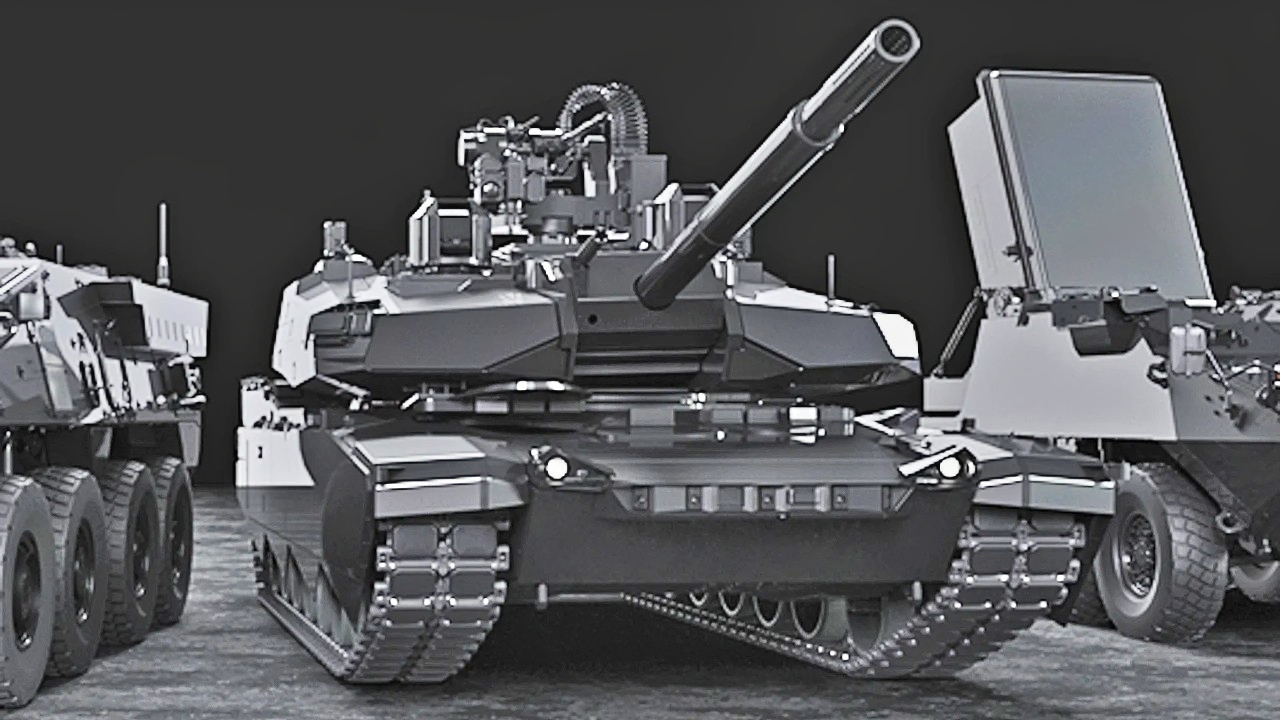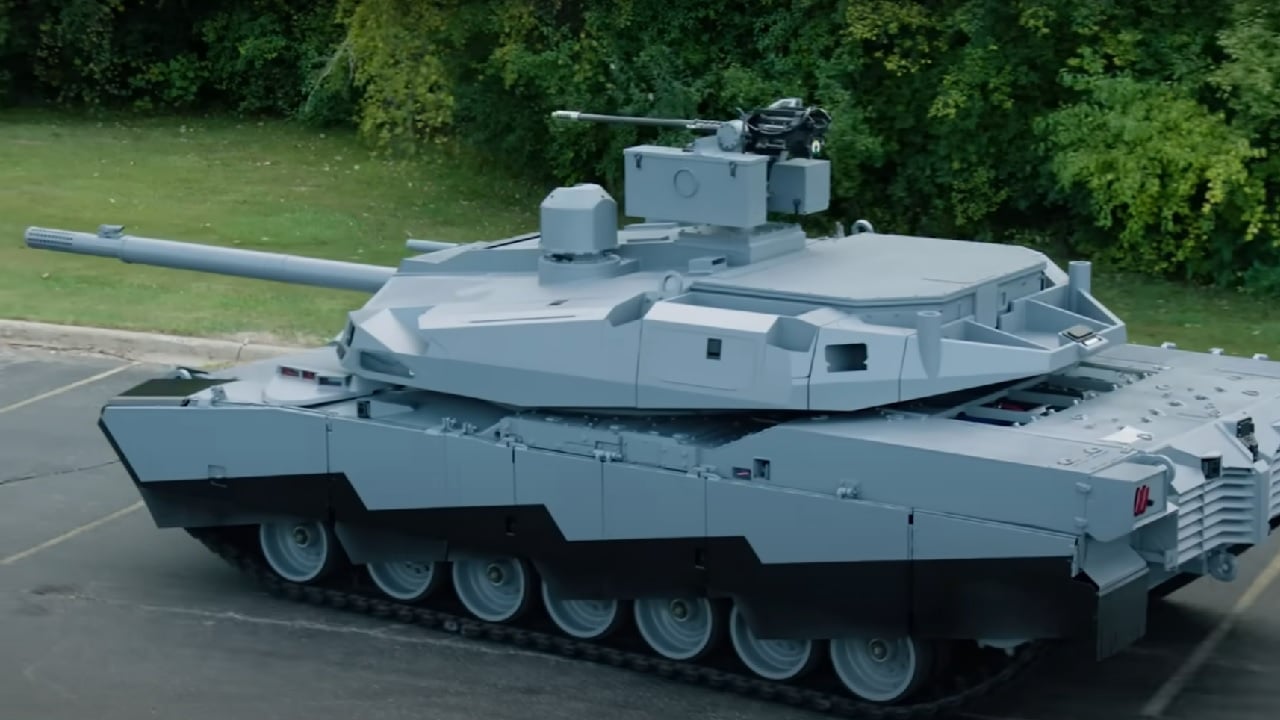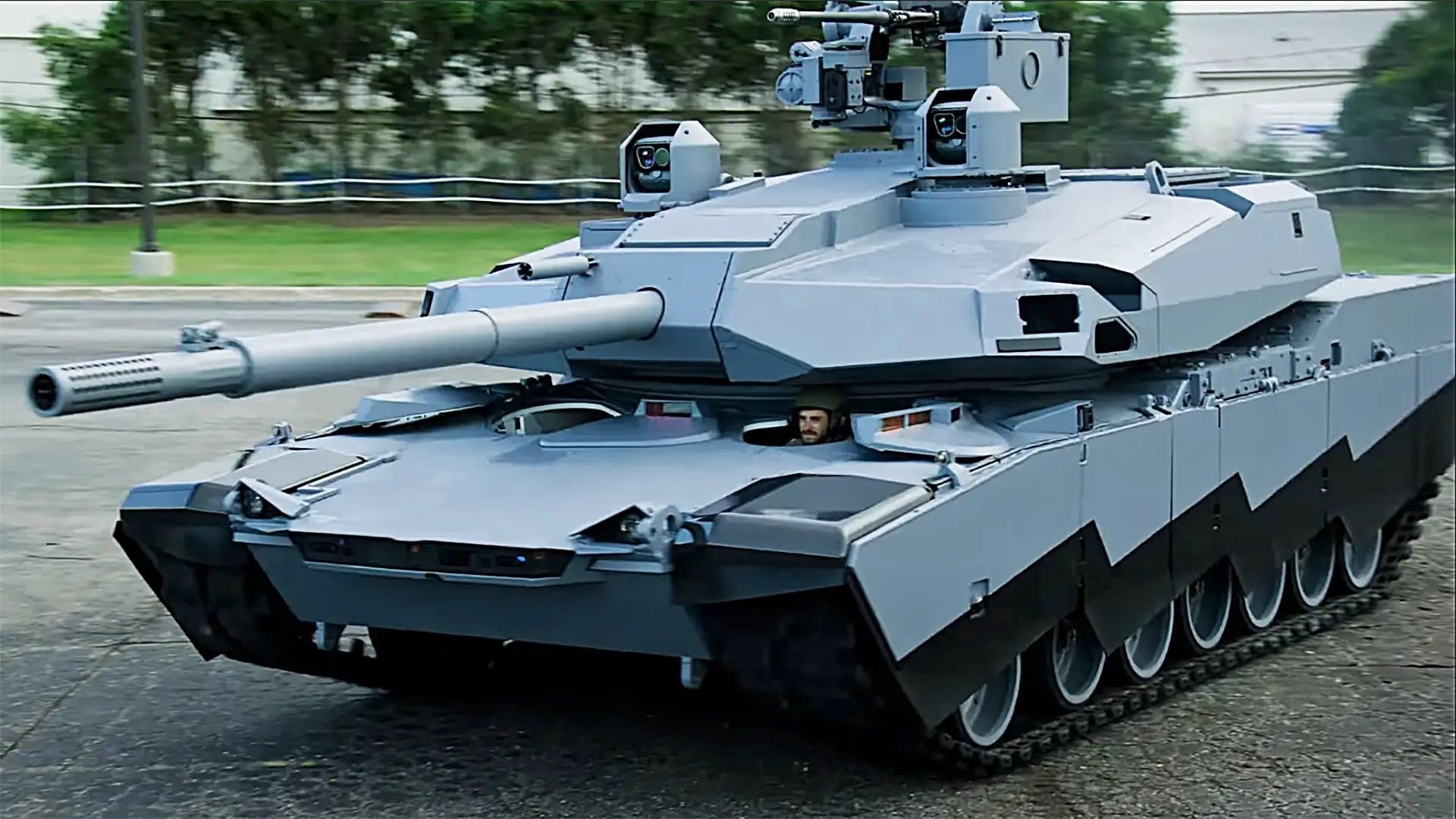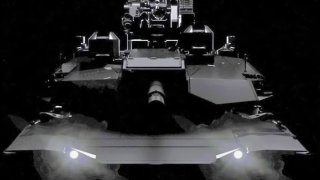AbramsX Tank Has Its Very Own 'Ride or Die' Moment
The U.S. Army's AbramsX Main Battle Tank (MBT) risks replicating the pitfalls of Russia's T-14 Armata. While the AbramsX features groundbreaking technologies like artificial intelligence, hybrid-electric propulsion, and advanced defensive systems, these enhancements may prove impractical in modern warfare.
What You Need to Know: The U.S. Army's AbramsX Main Battle Tank (MBT) risks replicating the pitfalls of Russia's T-14 Armata. While the AbramsX features groundbreaking technologies like artificial intelligence, hybrid-electric propulsion, and advanced defensive systems, these enhancements may prove impractical in modern warfare.

-The T-14, despite its advanced capabilities, has been sidelined in Ukraine due to high production costs and the risk of losses outweighing its battlefield utility.
-Similarly, the AbramsX’s expensive hybrid-electric system introduces vulnerabilities, such as battery reliability under combat stress. With modern conflicts increasingly resembling attritional, resource-intensive battles, the AbramsX’s high-tech focus might not align with battlefield realities.
Will the AbramsX Repeat Russia’s T-14 Tank Failures?
The Americans appear poised to make the exact same mistakes with their proposed AbramsX Main Battle Tank that the Russians made with their T-14 Armata MBT.
Just like the T-14, the new AbramsX is designed as a quantum leap in tank design.
It’s not just an enhanced variant of the legendary Abrams MBT that has dominated the battlefield for decades. It’s truly next-level, possessing everything from state-of-the-art artificial intelligence to a hybrid-electric powertrain and advanced defensive systems.

None of that matters in the modern threat environment.
The T-14 is one of the world’s most advanced MBTs. Yet it has proven to be an utter failure when faced with the prospect of fighting in Ukraine.
Not Learning the Right Lessons from Ukraine
That’s not because the system is overhyped.
It’s because the time and cost of building individual T-14 units is such a drain on Russia’s resources that if even a small number of these tanks were lost in combat, the cost would outweigh its benefits to Russia.
The Russians are not inferior to the Americans in military production – they simply do not invest the same level of capital into their defense sector. But they have proven in Ukraine that they can still endure a serious conflict even when spending a fraction of what the Americans do on defense.
The Americans, meanwhile, are running dry on multiple necessary pieces of military equipment because of its commitment to Ukraine. What’s more, if the Americans ever did fully build the advanced AbramsX and found themselves in a major conflict, Washington would likely make the same decision with the AbramsX that Moscow has made with the Armata: keep it away from the frontline. They would be reluctant to deploy their shiny new AbramsX tanks into the cauldron of battle, especially if fighting a near-peer rival.
Indeed, any future war in the near-term will look much more like Ukraine than any other conflict waged in the last 50 years. That’s because capabilities have proliferated to such a degree that the militaries of the world can effectively cancel out each other’s advanced systems and bog each other down in the trenches, just as the great powers of the First World War did.

The AbramsX Isn’t Worth It
The AbramsX is a hugely expensive undertaking, just as the T-14 Armata was. The T-14 has been scared off by cheap Ukrainian anti-tank missiles and drones. The same will hold true for the AbramsX.
Meanwhile, the technical specifications for the AbramsX, while cool, are problematic – notably the incorporation of the hybrid-electric propulsion system that the Army has been advertising for years. It’s true, a hybrid-electric propulsion system is more fuel-efficient, and it would provide instant, maximum torque.
But the downsides are significant. For example, the electric batteries might not hold up very well under the stress of combat. Army tankers driving the AbramsX could face exploding and burning batteries, creating a weakness that enemy drones and tanks could exploit in combat. It would be difficult to maintain in the field.
The Batteries are the Problem
As I cautioned at The Pipeline earlier this year, the Pentagon’s decision to invest in electric propulsion for combat vehicles is problematic. These systems “will have to be outfitted with larger batteries that would allow them to travel farther in hostile territory without needing to recharge. Yet placing heavier batteries on electric combat equipment would make those vehicles slower” and heavier.
Nevertheless, the Army wants its new tank.
Author Experience and Expertise: Brandon J. Weichert
Brandon J. Weichert, a National Interest national security analyst, is a former Congressional staffer and geopolitical analyst who is a contributor at The Washington Times, the Asia Times, and The-Pipeline. He is the author of Winning Space: How America Remains a Superpower, Biohacked: China’s Race to Control Life, and The Shadow War: Iran’s Quest for Supremacy. His next book, A Disaster of Our Own Making: How the West Lost Ukraine, is out now from Encounter Books. Weichert can be followed via Twitter @WeTheBrandon.
All images are Creative Commons or Shutterstock.
From the Vault
Russia Freaked Out: Why the U.S. Navy 'Unretired' the Iowa-Class Battleships
Battleship vs. Battlecruiser: Iowa-Class vs. Russia's Kirov-Class (Who Wins?)


